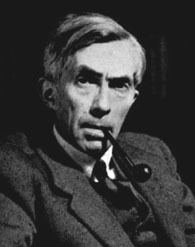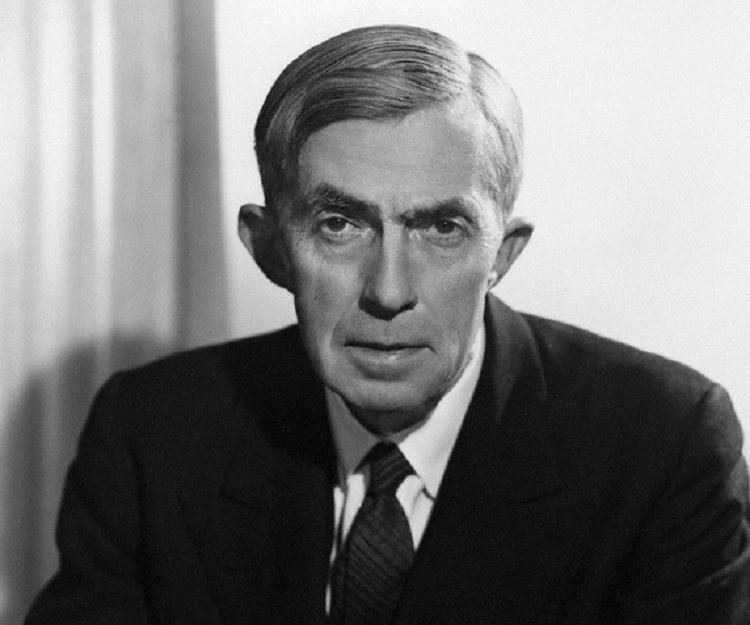Nationality British Role Economist | Name Roy Harrod | |
 | ||
Born 13 February 1900 ( 1900-02-13 ) London Influences John Maynard Keynes, John A. Hobson Died March 8, 1978, Norfolk, United Kingdom Influenced by John Maynard Keynes, John A. Hobson Books The Life of John Maynard, Towards a Dynamic Economic, Economic Dynamics, Foundations of inductive logic, Policy against inflation | ||
Influenced Athanasios Asimakopulos | ||
Sir Henry Roy Forbes Harrod (13 February 1900 – 8 March 1978) was an English economist. He is best known for writing The Life of John Maynard Keynes (1951) and for the development of the Harrod–Domar model, which he and Evsey Domar developed independently. He is also known for his International Economics, a former standard textbook, the first edition of which contained some observations and ruminations (wanting in subsequent editions) that would foreshadow theories developed independently by later scholars (such as the Balassa–Samuelson effect).
Contents
- Biography
- The Life of John Maynard Keynes
- Contributions to Endogenous Money Theory
- List of works
- References

Biography
Born in London he attended St Paul's and then Westminster School. Harrod attended New College in Oxford on a history scholarship. After a brief period in the Artillery in 1918 he gained a first in "literae humaniores" in 1921, and a first in modern history the following year. Afterwards he spent some time in 1922 at King's College, Cambridge. It was there that he met and befriended Keynes.
After moving back to Oxford, he became a Student (i.e., Fellow) and Tutor in economics at Christ Church. He held the fellowship in modern history and economics until 1967. He remained in contact with Keynes until Keynes's death in 1946, and was later his biographer (1951). Harrod was additionally a Fellow at Nuffield College 1938 to 1947 and from 1954 to 1958.
During the Second World War, he was briefly in Winston Churchill's "S-branch" – a statistical section within the Admiralty.
At the 1945 General Election he stood as Liberal candidate for Huddersfield and finished third.
After retiring in 1967, he moved to Holt, Norfolk.
Interviewed for the book Authors take Sides on Vietnam, Harrod declared himself a supporter of the American military campaign in Indochina.
Assar Lindbeck, the former chairman of the Nobel Prize Committee, wrote that Harrod would have been awarded a Nobel Memorial Prize in Economic Sciences if he had lived longer.
Harrod married Wilhelmine Cresswell (Billa) (1911–2005), step-daughter of General Sir Peter Strickland, in 1938. One of their sons was Dominick Harrod, an economics correspondent for the BBC.
The Life of John Maynard Keynes
After the death of his Cambridge friend and colleague, the economist John Maynard Keynes, in 1946, Harrod and Austin Robinson wrote a lengthy obituary of Keynes for The Economic Journal. At the encouragement of Geoffrey Keynes, Harrod then undertook the task of writing a major biography of Keynes. The Life of John Maynard Keynes was published to widespread acclaim in 1951, at a time when most of Keynes's family and friends were still alive.
With the post-war influence of so-called Keynesian economics and then challenges to it, cultural interest in the Bloomsbury Group, and the publication of thirty volumes of The Collected Writings of John Maynard Keynes in the 1970s and 1980s, high interest in Keynes's life lead to further biographies, most prominently by Robert Skidelsky and Donald Moggridge, and to detailed studies such as by Donald Markwell on Keynes and international relations. These works have corrected and added details to the Keynes depicted by Harrod, and Skidelsky in particular has contrasted his account of Keynes with what he has depicted as Harrod's hagiography.
Contributions to Endogenous Money Theory
Although Harrod is also typically remembered for his contributions to growth theory with his Harrod-Domar growth model some argue that he was the first Post-Keynesian economist to provide a detailed institutional exposition of the theory of endogenous money. In his book Money he provides a detailed institutional discussion of how the contemporary monetary system operates. He highlights, among other things: that loans create deposits; that central banks attempt to control the level of economic activity through the influence they exert on interest rates; and that central banks automatically extend funds when government borrowing puts upward pressure on interest rates. This last point discredits the mainstream views on crowding out and makes Harrod an early progenitor of the Modern Monetary Theory school of economics.
